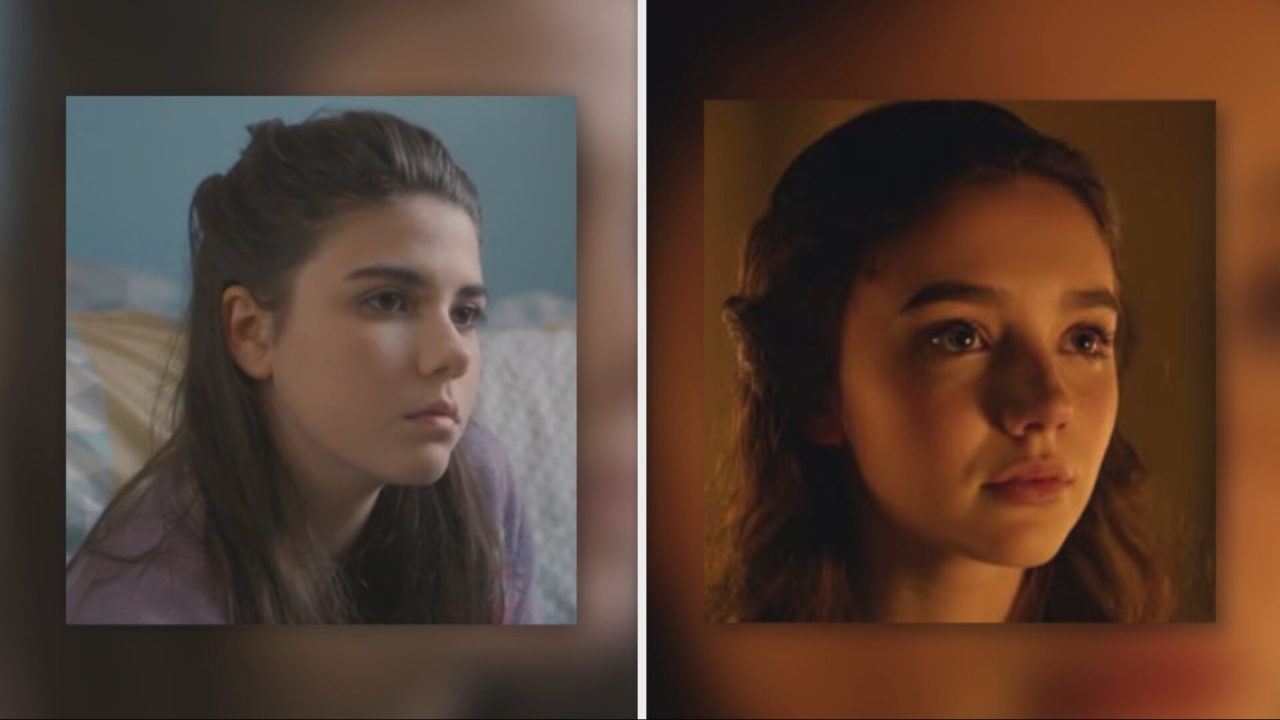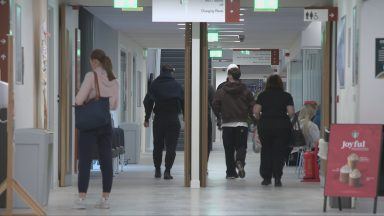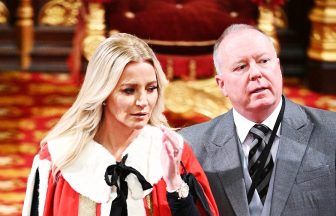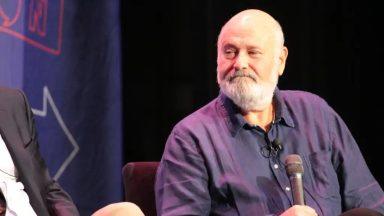Briony Monroe had to sit down when she first saw the AI-generated actress known as “Tilly Norwood”.
The 28-year-old performer, building a thriving career of her own, was staring at a digital face that looked uncannily just like her.
“I actually had to sit down, because I had never seen something that looked so strikingly similar to myself in my life,” she told STV News.
For Briony, it was an unsettling discovery. As artificial intelligence accelerates across the creative industries, she has found herself at the centre of a moment that many performers have feared: an AI character circulating online who, to many people, appears to be her.
She first heard the name “Tilly Norwood” a few months ago. Tilly, created by the company Particle 6, is a computer-generated actress capable of being reshaped, restyled, and dropped into any scene. The more Briony saw, the more people around her reacted in the same way.
‘That looks like you’
Although Tilly’s appearance changes from clip to clip, one image in particular stopped Briony in her tracks – a medieval-themed picture posted to the Tilly Norwood Instagram page.
“That picture is the one that I feel has a striking resemblance to myself,” she said. “The actress changes in every single clip and picture that you see it in.”
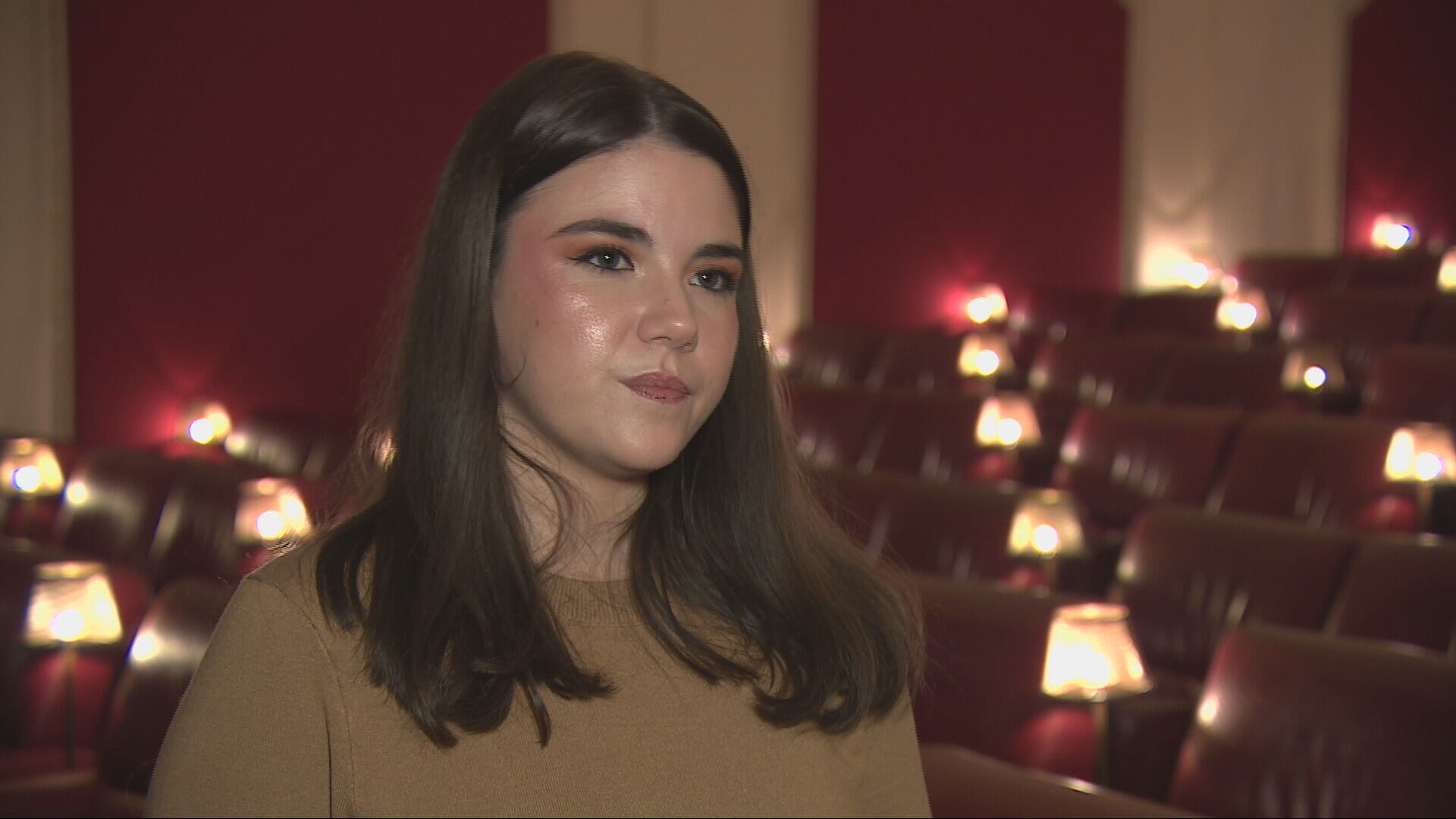 STV News
STV NewsParticle 6 maintains that the likeness is purely coincidental.
A spokesperson told STV News: “Briony Monroe’s likeness, image, voice, or personal data have not been used in any way to create Tilly Norwood.
“Tilly was developed entirely from scratch using original creative design. We do not and will not use any performer’s likeness without explicit consent and fair compensation.”
But Briony says the resemblance raises real concerns about how performers can protect their identities as AI becomes more sophisticated. She is now being supported by her trade union, Equity, which has sought legal advice on her behalf.
Her situation reflects a wider pattern Equity is seeing as issues around AI and intellectual property intensify.
ScotRail ‘used my accent to teach train station announcer’
The union is also representing voice-over artist Gayanne Potter, who is challenging the use of an AI voice model called “Iona,” supplied by Readspeaker, which she believes was created from her recordings.
Gayanne said: “When I first worked for Readspeaker a few years ago, my understanding was that it was for a model to help with accessibility.
“Two years went by and a producer got in touch with me to say that they’d found this voice model called Iona on a website, and it was concerning because to them it looked like it could be used for any form of voice work.”
While Gayanne wants her voice removed, Readspeaker says it has a contract with her and has “comprehensively addressed her concerns.” ScotRail continues to work with the firm.
“You have a right to say no,” Gayanne added. “It shouldn’t be that people can take things and use things without your consent, if you do not consent, no means no.”
Law not keeping pace with technology
Legal experts warn that the law has not kept pace with the technology. Barbara Neilan of Jamieson Law says AI has exposed major gaps in existing copyright frameworks.
She said: “If I put something into an AI model and it generates something, did I create it? Did the machine create it? Did anybody create it? Is there no owner at all?
“We’ve heard lots of people say that copyright law is now broken because of AI. It’s not broken, it just hasn’t caught up.”
For Briony, those gaps have become painfully personal. As the UK Government prepares potential regulations next year, Equity says performers need protections now.
Liam Budd, industrial official for recorded media at Equity, said: “What we’ve been fighting for is explicit protections around the use of our members’ images and their likeness.”
Follow STV News on WhatsApp
Scan the QR code on your mobile device for all the latest news from around the country


